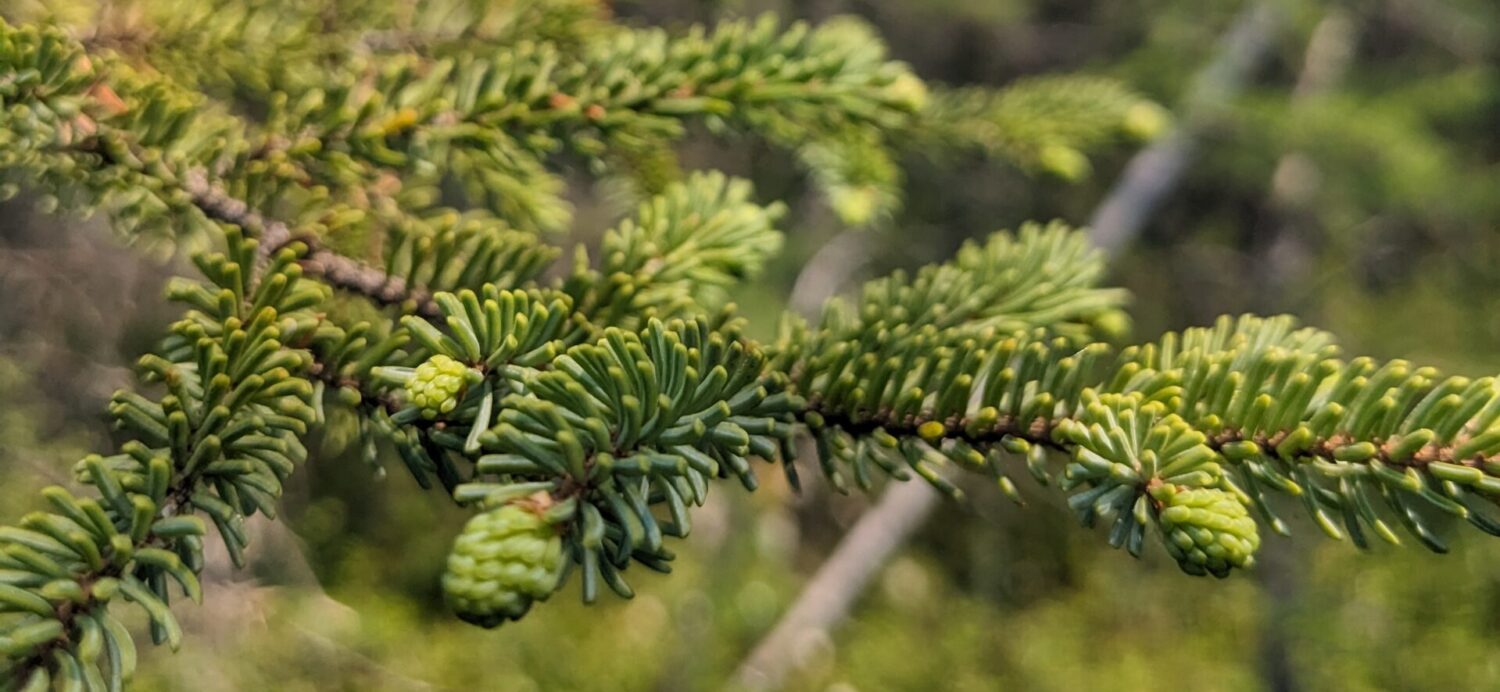From southeastern Pennsylvania, the 185-mile-long Kittatinny Ridge is one of the most prominent features in the landscape. Rising to about 1800 feet above sea level at its highest point, it forms an ever-present wall above the Great Valley to the southeast. What’s more, it has high value as a conservation corridor due to its biodiversity and the many threats it faces from development, pollution, and invasive species. Within the last few years, several local governmental agencies and NGOs have started working together to help ensure the area continues providing crucial habitat for threatened species and ecosystem services for the community.
Today I’ll be looking at some of the important ecological features of the Kittatinny Ridge Conservation Corridor (KRCC), the challenges and threats the KRCC faces, their conservation goals, and the specific actions used to achieve those goals.
Ecological Features
There is a suite of reasons the Kittatinny Ridge is a valuable addition to Pennsylvania’s existing conservation areas. The first reason is its value as a wildlife corridor, especially for raptors such as the golden and bald eagles, and several migratory songbirds. The KRCC is listed as an Important Bird Area, because of its value as a bird corridor.
Aside from birds, the rare and endemic regal fritillary butterfly is only known to exist east of the Mississippi on the land of Fort Indiantown Gap. Many other species use the corridor, including large animals like bear, bobcat, and deer, and smaller animals like salamanders, bats, snakes, and white-footed mice. Likewise, there are many species of fish and crustacean found in the watersheds within the area.

Along with valuable habitat, the area also provides a wealth of recreational opportunities for locals and tourist alike. Several state parks exist within the boundaries of the corridor and the Appalachian Trail follows along the Ridge as well. There are several lakes and rivers ideal for fishing and water activities.
11 counties in southeastern PA border the corridor and there are millions of people living in the local communities that rely on drinking water derived from the forested slopes above the valley. The conservation status of the Ridge ensures that its water resources are well-maintained.
Climate Change Refugia
Because of the areas topography, extent, and biodiversity, it is considered a refugia for a variety of plant and animal species as the climate continues to change. This means that these factors create unique habitat features that will be more resilient as climate conditions change. The range in elevation and slope create diverse microclimates that are suitable for varying habitat needs. Much of the area is already under some level of protection and the new conservation plan would add approximately 200,000 acres, creating large, continuous tracts of protected lands.
Challenges to Connectivity
The local population around the Kittatinny Ridge is several million and has several of the fastest growing counties in Pennsylvania population wise. The community will continue to grow as urban sprawl and development increases. Loss of habitat and biodiversity are bound to occur as forested land is converted to commercial and residential use.
More residents means more recreation. Recreational use has grown in the corridor as more people use the Appalachian Trail, state parks, and other recreational areas. Risk of human-caused fire is likely to increase as more campers and picnickers light campfires.
There are many invasive plant and animal species occurring within the boundaries of the corridor. Unfortunately, some of these species have become so well established it is unlikely any management plan will eradicate them altogether. A more reasonable strategy would be to slow their spread and research how these ecosystems can adjust going forward.
Beyond invasive species, pollution is an issue in heavily populated areas where industrial development is an important part of the local economy. Coal power is important to many communities in PA. Developing conservation plans that understand this fact will be most effective.
Major Conservation Goals
The Kittatinny Coalition has created 6 major goals associated with their conservation plan. They expect to achieve these goals within 5 years. The table below shows goals and specific strategies employed to achieve them. These goals involve protecting biodiversity, creating community values, and supporting scientific research.
| Conservation Goals | Select Strategies |
| 1. Protect biologically important areas to advance wildlife and water conservation along the Ridge. | Landowner outreach; seek out land and water protection funds |
| 2. Foster a sense of agency among communities in the Kittatinny Ridge area to value their natural assets. | Develop brand for local recognition as a natural resource; support community engagement and education |
| 3. Engage with local stakeholders to share importance of the ecological, economic, recreational, and social values of the Ridge. | Incorporate conservation goals throughout local planning and development |
| 4. Promote scientific research that is relevant to the Ridge as a Conservation Landscape. | Summarize existing research; identify future research needs; organize science-based events |
| 5. Develop and clarify Coalition roles and operational processes to ensure progress on the goals articulated in this Plan and the protection of the KRCL. | Enlist key members to chair Coalition committees; foster engagement through regular meetings and outreach |
| 6. Create and adopt fiscal management and budgeting procedures to align grant allocations and other potential funding with Coalition priorities. | Pursue potential funding opportunities that align with protection goals |
Future of Kittatinny Ridge
I’m curious to watch this plan over time to see how well it meets its goals. The scale of the project and range of stakeholders involved suggests there is a lot riding on this conservation plan. According to the Coalition’s website, they will finalize the conservation plan by year’s end.
If you are interested in learning more, dig deeper into other projects going on within the KRCC. There are lots of ways to be involved, so check out their website and stay up to date with the work they are doing.

